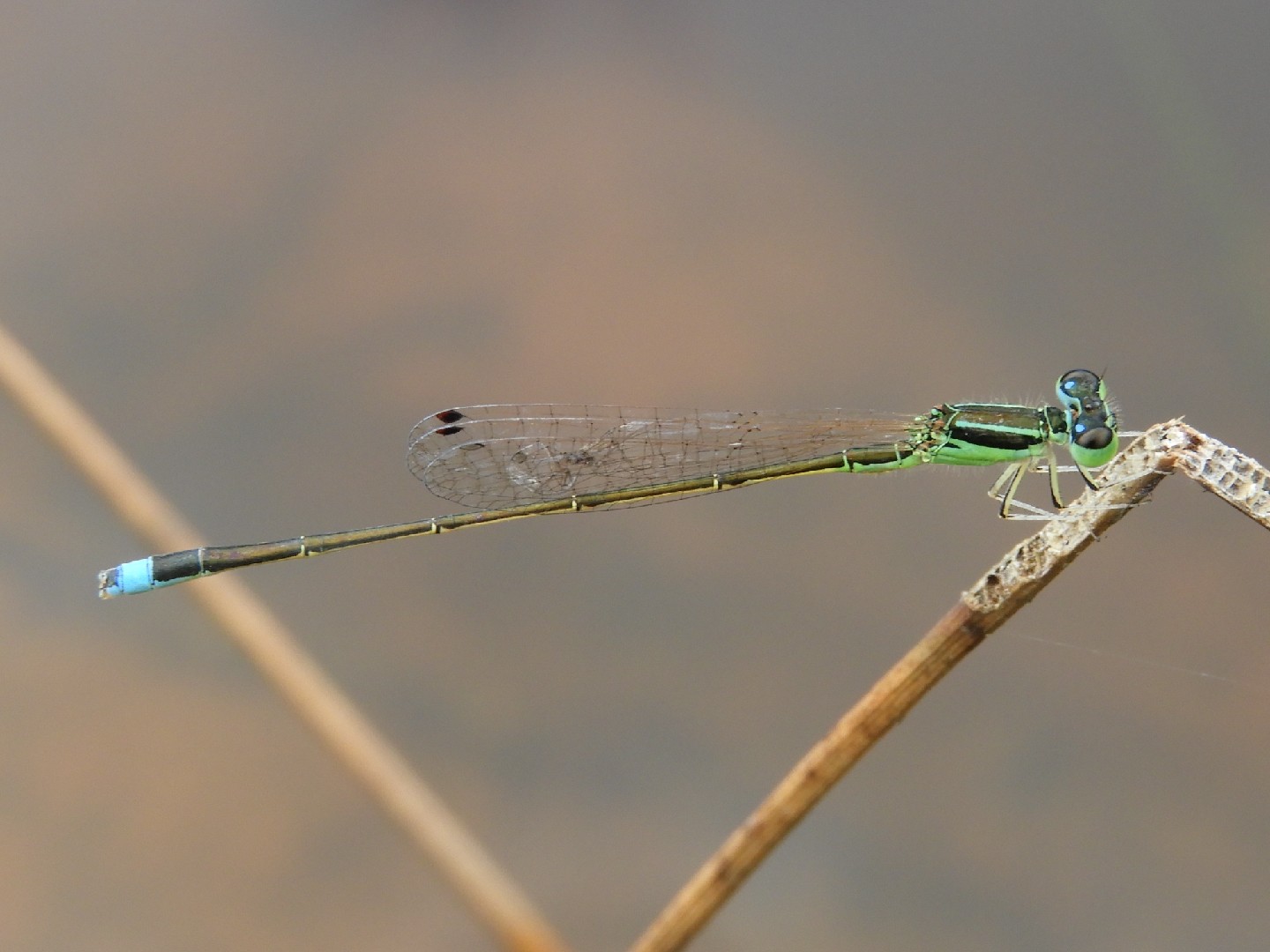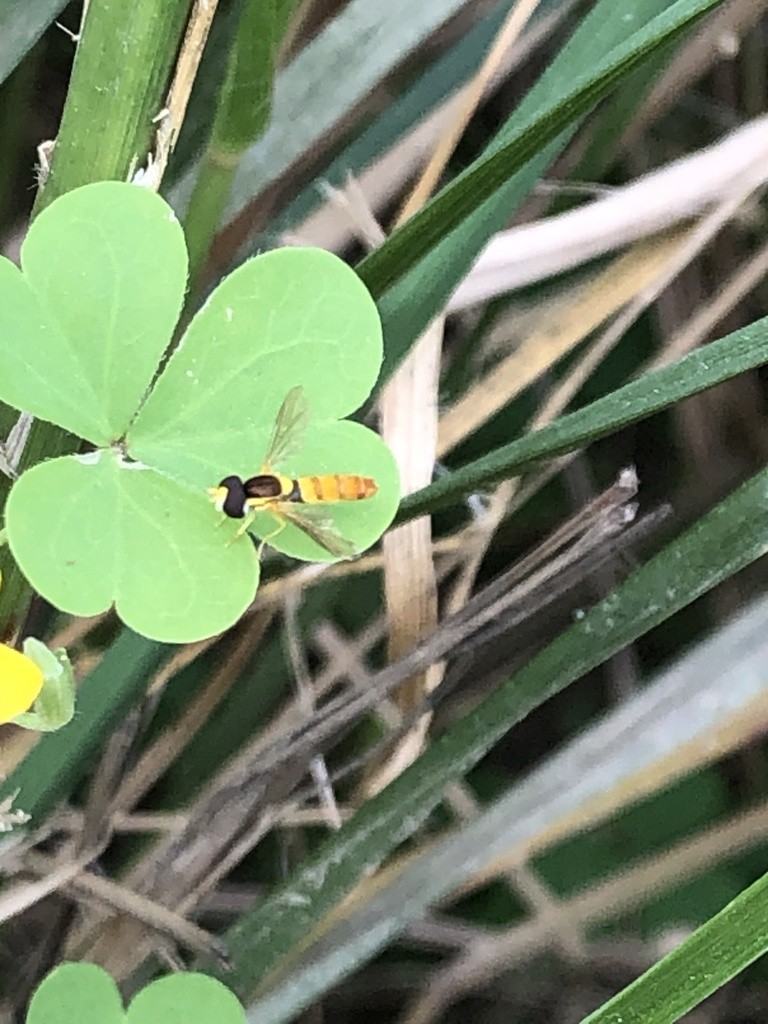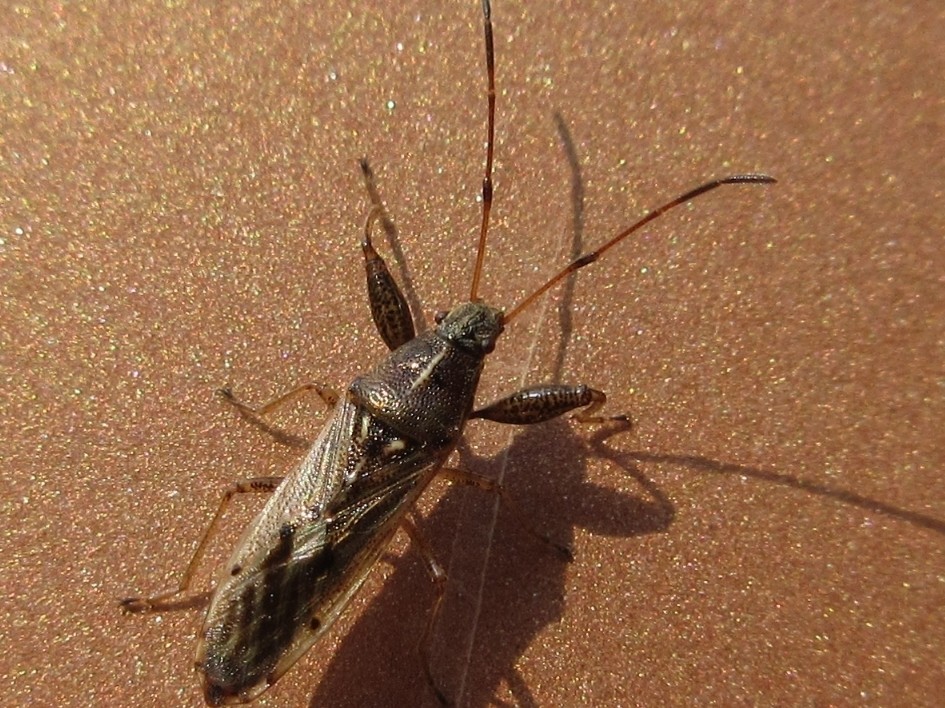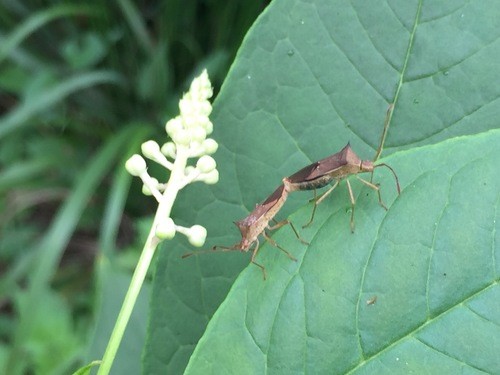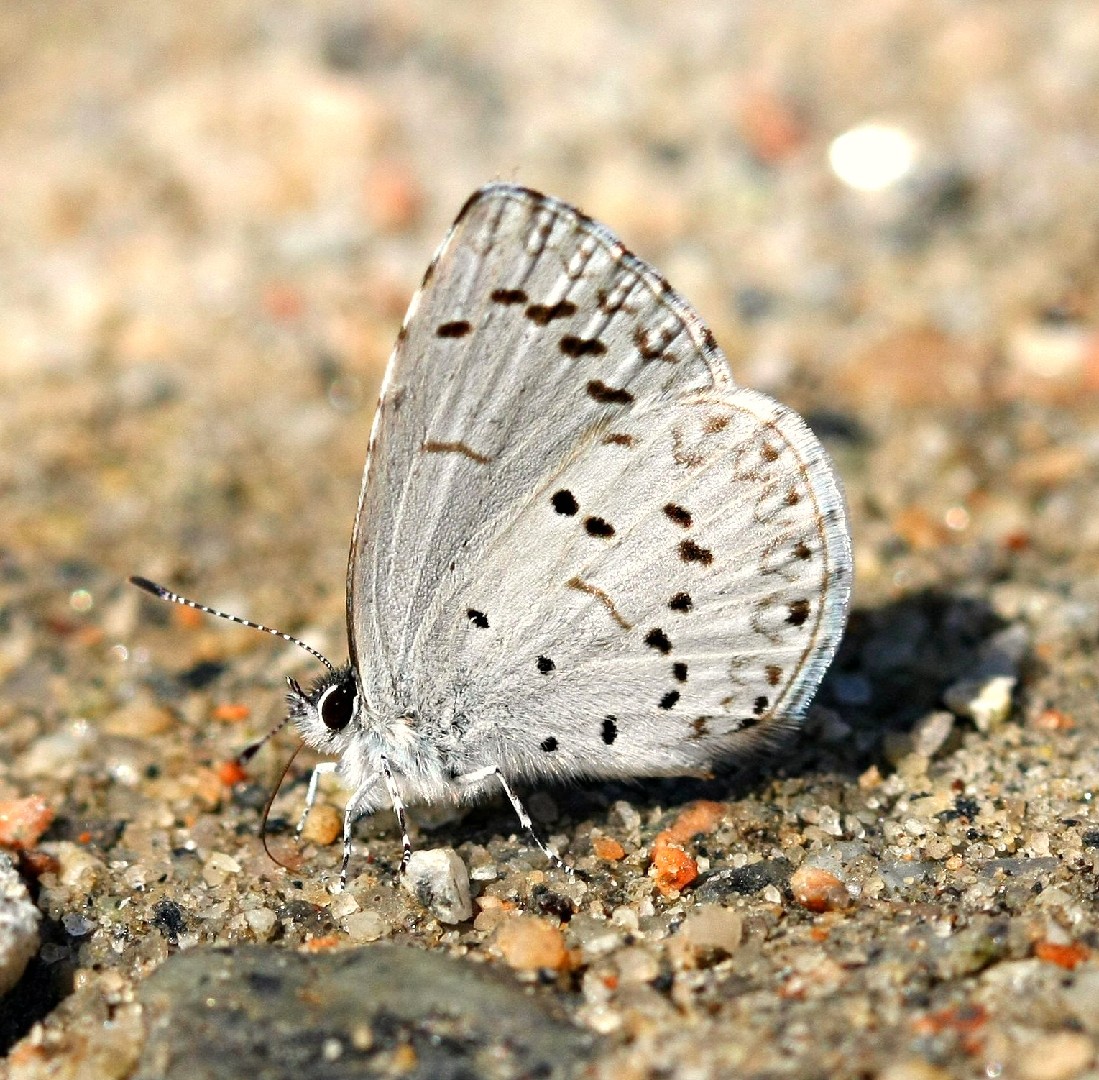Top 20 Most Common Insects in South Korea
Insects, a diverse group defined by their small size, segmented bodies, and jointed legs, thrive in various environments within South Korea, from bustling cities to quiet countrysides. South Korea's unique geography and climate foster a distinct insect population, shaping the list of 'Top 20 Most Common Insects'. The country's environments and their insect inhabitants share a critical relationship, including both pests that disrupt and beneficial insects that aid in ecological balance.
Most Common Insects
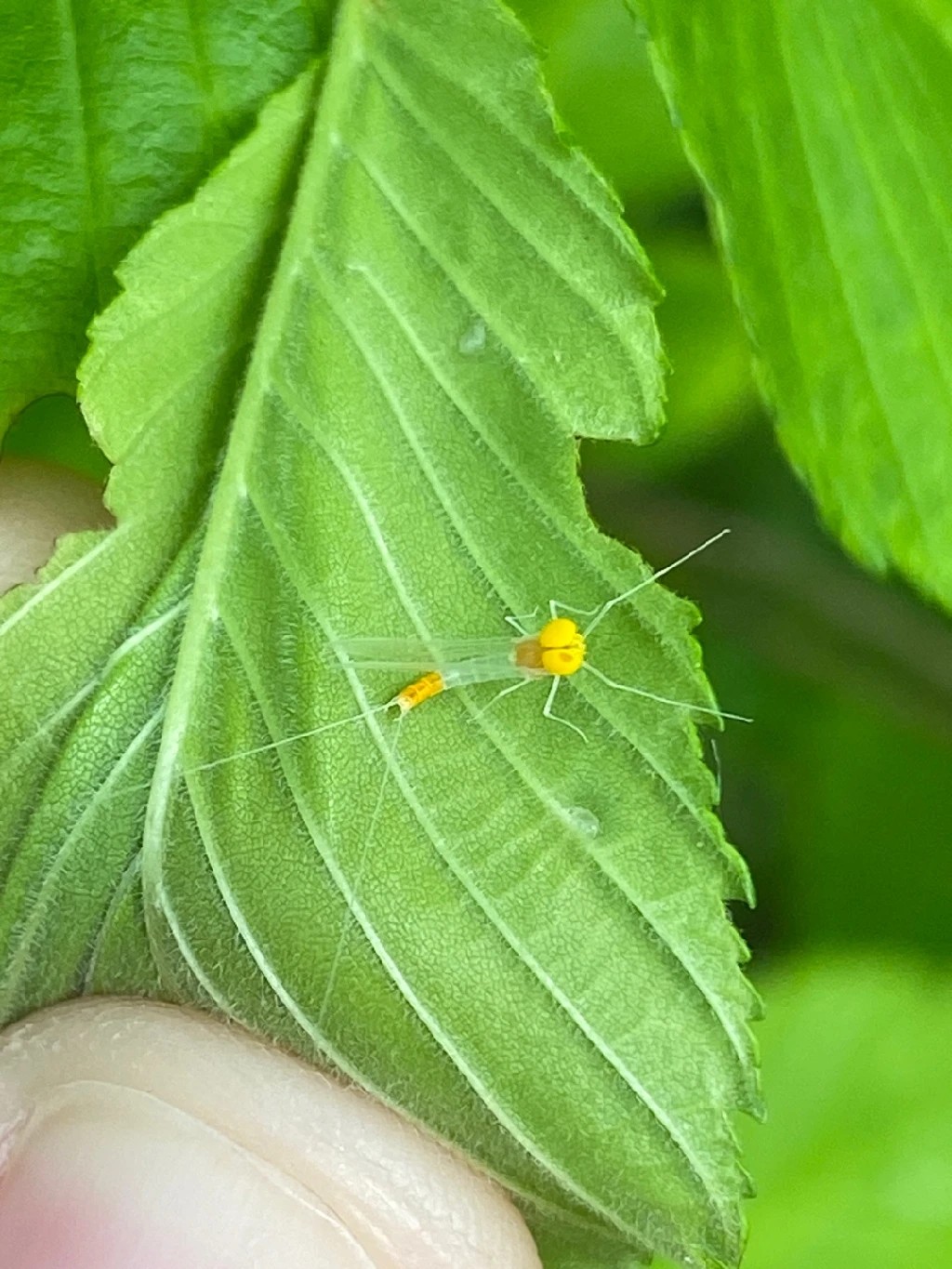
1. Pale watery
Baetis is a genus of mayflies of the family Baetidae, known as the blue-winged olive to anglers. There are at least 150 described species in Baetis. They are distributed worldwide, with the most variety in North America and northern Europe. 

2. Multicolored asian ladybeetle
Often confused for the ladybug, multicolored asian ladybeetle (Harmonia axyridis) is a separate species that, unlike the ladybug, is a household pest. It is considered particularly annoying for its habit of returning to places from which it is removed. One of the most variable species in the world, there are many different colors and patterns multicolored asian ladybeetle may display, making identification potentially difficult.
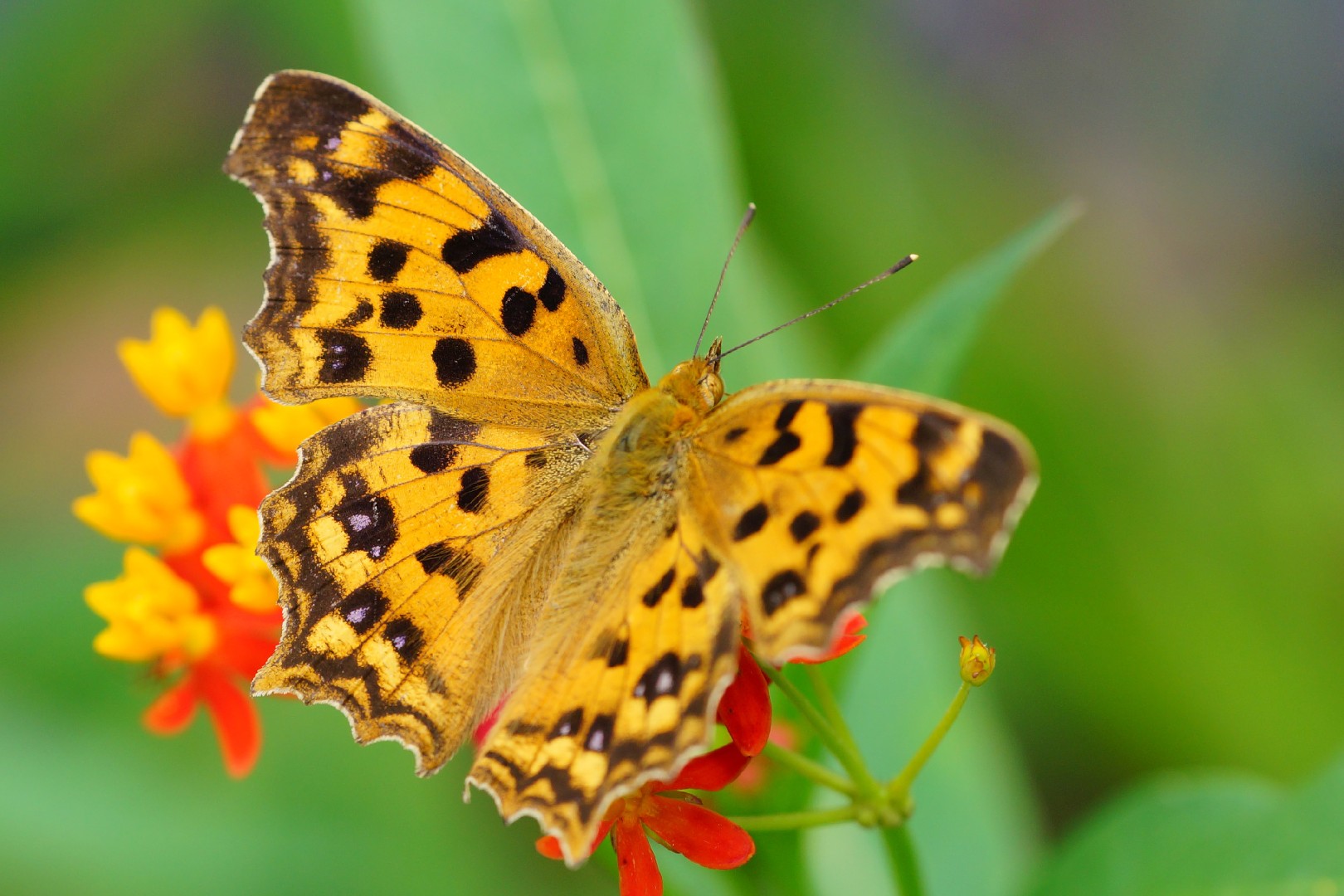
3. Asian comma
It has a wingspan of 2.5 cm. Wings are orange with black dots. The undersides of the wings is mottled brown (tree bark like) with a shiny comma mark on the center of the hindwing. The main difference with other comma species is that it has blueish markings on the bottom of its hindwing. 
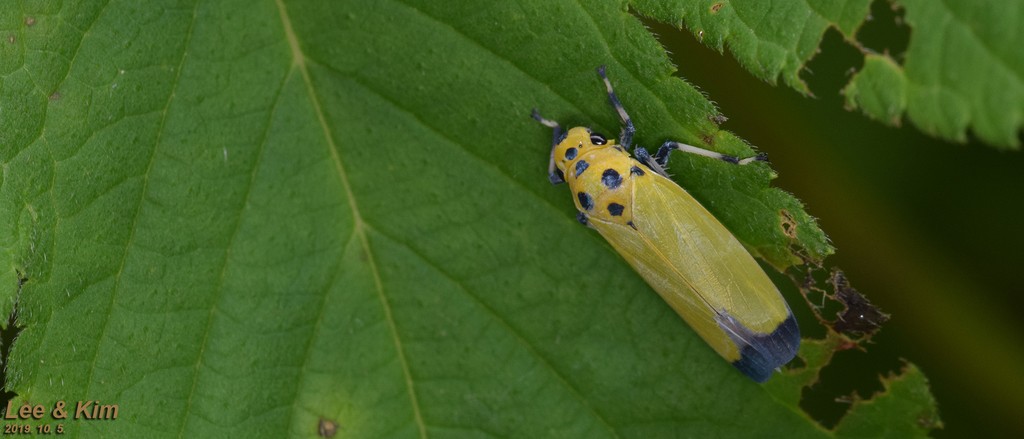
4. Black-tipped leafhopper
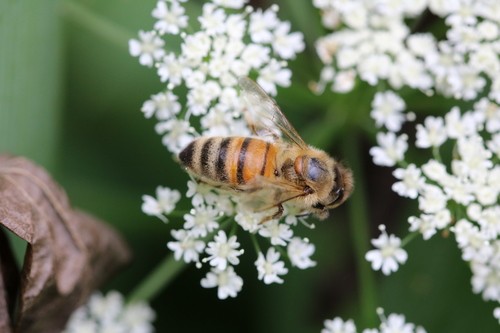
5. Western honey bee
Western honey bee(Apis mellifera) is the most common species of honeybee in the world. Among the first domesticated insects, its cultural and economic impact on humanity has been vast and far-reaching, providing honey, wax and its services as a pollinator. Western honey bee faces challenges worldwide, such as colony collapse disorder, and populations are thought to be decreasing.
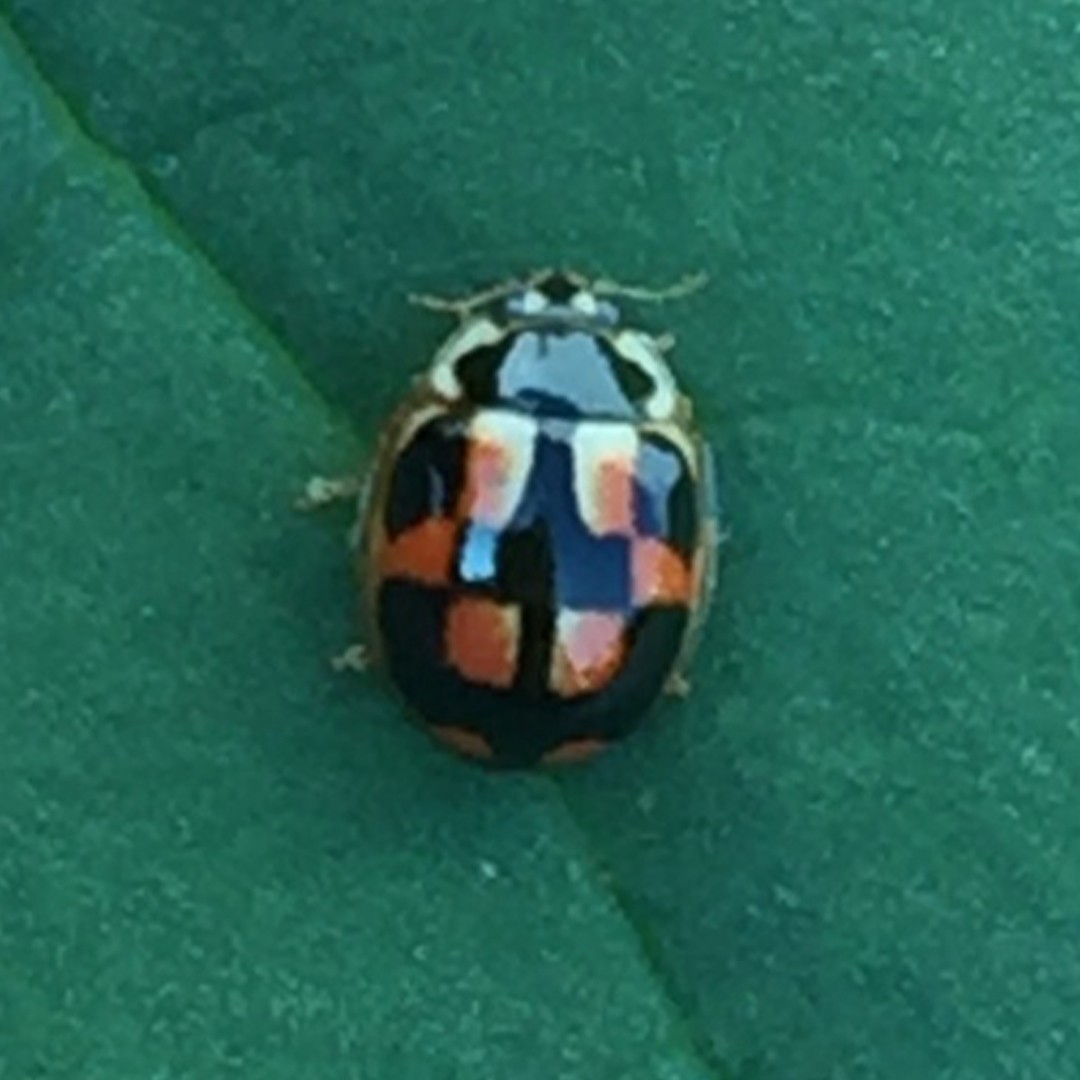
6. Turtle vein lady beetle
The turtle vein lady beetle an exceptional ability to resist certain pesticides. In the ecosystem, this beetle is a voracious predator of aphids, bolstering plant health. Intriguingly, it's observed to mimic ant behavior, likely to deter potential predators. This behavioral camouflage complements its role as a sentinel species, indicating environmental changes. Notably, its larvae are often mistaken for harmful pests, though they are crucial allies for gardeners in aphid control.
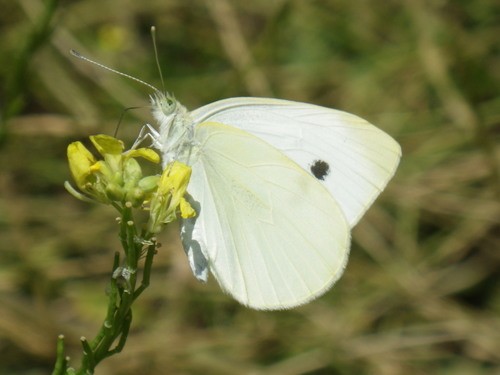
7. Cabbage white
Cabbage white (Pieris rapae) derives its common name from its habits as a caterpillar, which is a ferocious pest for cabbage, kale and broccoli farmers. In North America, it is one of the first butterflies to emerge in spring, heralding the beginning of the season.
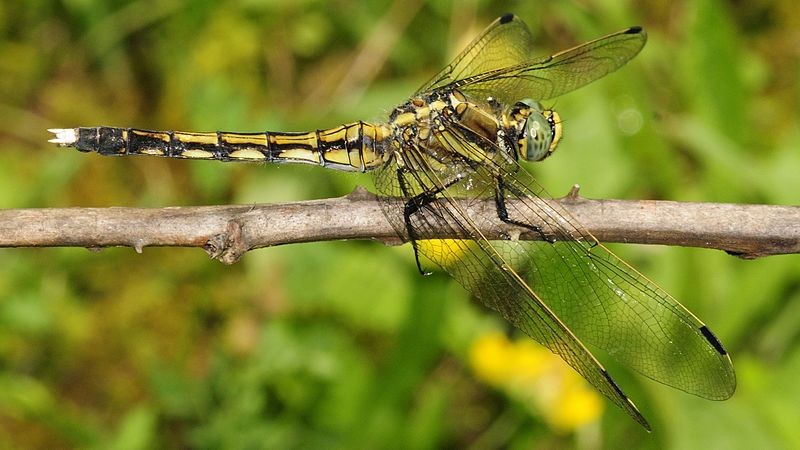
8. White-tailed skimmer
Orthetrum albistylum is a dragonfly species, which occurs from central and south Europe to China and Japan. Its distribution is often patchy but in many areas it is common. The species has recently spread its range northwards to the Baltic Sea coast in Poland. The common name for this species is white-tailed skimmer. One of the ongoing threats affecting the habitat of Orthetrum albistylum is the production of crops. The water pollution associated with crop production is also having a direct effect on the quality of the habitat of this species. 
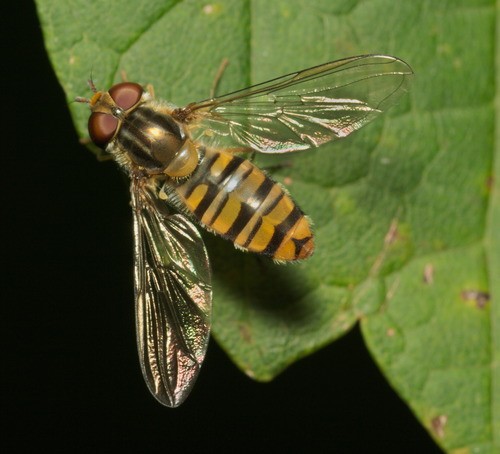
9. Marmalade hoverfly
Marmalade hoverfly (Episyrphus balteatus) is a hoverfly species that tends to congregate in groups. This sometimes alarms people who mistake them for wasps, although marmalade hoverfly does not sting and is harmless to humans and animals. It feeds on nectar and pollen grains, possesses the rare ability to crush the latter.

10. Seven-spotted ladybug
Seven-spotted ladybug (Coccinella septempunctata), known in North America as the "seven-spotted ladybug," is the most common species of ladybird in Europe and the official state insect of five U.S. states. While not native to North America, it has established itself there after being introduced to control aphid populations. Its bright coloring deters predators, and it may also play dead or secrete foul-smelling liquids to discourage consumption.
More

